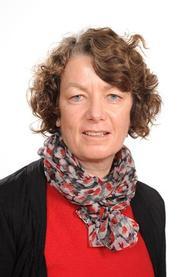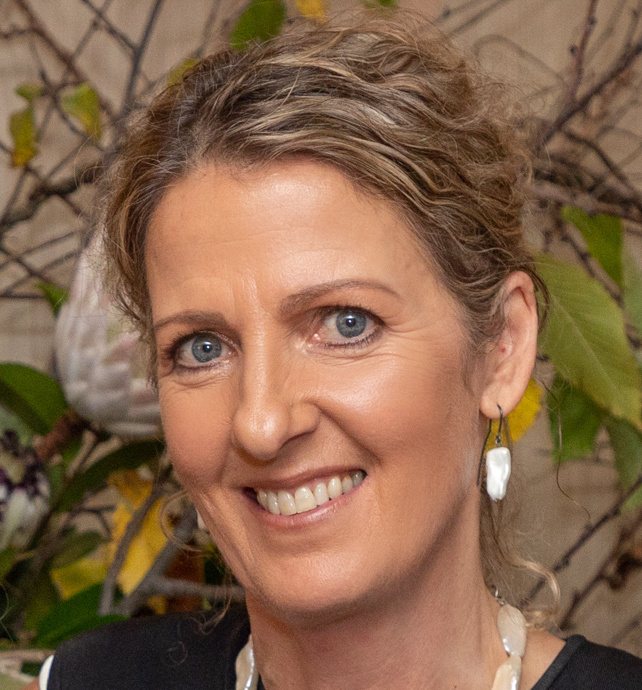About Gynaecological Surgery
Mercy Hospital is a not-for-profit surgical hospital committed to delivering 'exceptional care that makes a difference' to Otago and Southland residents. Independent specialists provide services related to the functions and diseases specific to women and girls, especially those affecting the reproductive system (uterus, vagina and ovaries). A number of the interventions require a scope (a scope is a long soft flexible tube, containing a camera and a light for examining the inside of a cavity). This surgical service is provided at our facility by the following medical specialists. For further information please seek a referral through your GP or contact your preferred specialist directly.
Procedures / Treatments
Cervical Dysplasia Treatment
Colposcopy
Colposuspension
Cystourethroscopy
Dilatation and Curettage (D&C)
Endometriosis Treatment
Laparascopic: an incision (cut) is made near your navel (tummy button) and a thin tube with a tiny camera attached (laparoscope) is inserted, allowing the surgeon a view of the internal organs. If endometriosis is being treated, small instruments are introduced through several small cuts in the lower abdomen and endometrial tissue is destroyed using an electric current or laser beam.
Abdominal (laparotomy): if endometriosis is very widespread, an incision is made in the abdomen, opening up the abdominal cavity so that the endometrial tissue can be removed.
Hysterectomy
Abdominal: an incision (cut) is made in your the abdomen (stomach) and the uterus removed.
Vaginal: an incision is made in your vagina and the uterus removed through the vagina.
Laparoscopic: several small incisions are made in your abdomen and a thin tube with a tiny camera attached (laparoscope) inserted along with instruments that cut the connections of the uterus, allowing it to be removed through the vagina.
Hysteroscopy
Laparoscopic Colporrhaphy
Anterior: an incision (cut) is made in your navel (tummy button) and several small cuts in the abdomen (stomach). A thin telescopic instrument (laparoscope) and several small instruments are inserted into the cuts and used to tighten up the front wall of the vagina to repair a cystocele (bulging of the bladder into the vaginal wall).
Posterior: an incision is made in your navel and several small cuts in the abdomen. A laparoscope and several small instruments are inserted into the cuts and used to tighten up the back wall of the vagina to repair a rectocele (bulging of the rectum into the vaginal wall).
Myomectomy
Oophorectomy
Laparascopic: several small incisions (cuts) are made in your abdomen (stomach) and a thin tube with a tiny camera attached (laparoscope) inserted, allowing the surgeon a view of the ovaries. Small surgical instruments are introduced through the other cuts and are used to remove the ovary and tie off the fallopian tube.
Abdominal: an incision is made in the abdomen, the ovary is surgically removed and the fallopian tube tied off.
Ovarian Cystectomy
Pelvic Floor Repair
Pubo-vaginal Sling
Salpingectomy
Laparoscopic: several small incisions (cuts) are made in your abdomen (stomach) and a thin tube with a tiny camera attached (laparoscope) inserted, allowing the surgeon a view of your fallopian tubes. Small surgical instruments are introduced through the other cuts and are used to remove part or all of the fallopian tube.
Abdominal (laparotomy): an incision is made in your abdomen and part or all of the fallopian tube is removed.
Vulval Biopsy or Excision
This information has been provided by https://www.healthpoint.co.nz, helping people better understand and use New Zealand health services.








